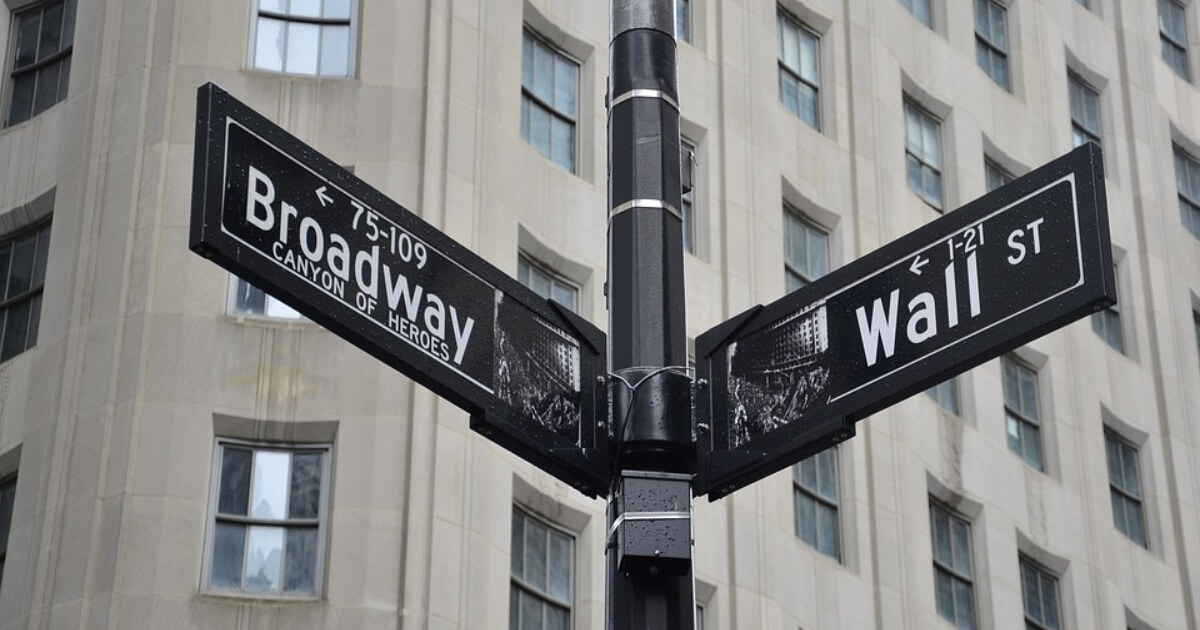Social Distancing and the End of the Human Race
We were once concerned that robots might replace and displace humans. The much greater risk is that humans will become robots. No emotion. No love. No shared laughter. No shared tears.
March 24, 2020

To be sure, the Coronavirus is the most serious pandemic of our lifetime. While many of us, especially in the Western world, are worried about the health threat, it is also time to reflect more deeply on the social effects of “self-quarantining.”
From technological to real “self-quarantine”
Lest we forget, long before the onset of the coronavirus, we created something that I would call technological “self-quarantine.” We sit at our game consoles and virtually, but only virtually, play with others all over the globe. We use our laptops or phones and communicate via Snapchat, Instagram or Facebook.
But many of us do so all alone in our apartment or house, disconnected from real social contact. We don’t visit others any longer. We don’t call much anymore either. We don’t email any longer and, for now, send text messages instead.
The other virus: Love lost
According to data collected by the Japanese National Institute of Population and Social Security Research, a quarter of Japanese adults between the ages of 18 and 40 have never experienced heterosexual intercourse.
According to research from researchers at the University of Chicago, more than half of Americans between the ages of 18 and 34 do not have a romantic relationship. From a purely sociological perspective, these are frightening data.
Loneliness kills, over time
Among seniors, the close correlation between loneliness and premature death has long been established.
According to the U.S. Health Resources & Services Administration (HRSA), 43% of seniors in the United States feel lonely on a regular basis and there is a 45% risk of increased mortality in seniors who feel that way.
According to the HRSA, loneliness may have the same damning health effects as smoking 15 cigarettes a day. Among younger adults, self-isolation leads to higher dependencies on video games and the overuse of recreational drugs.
Before the virus: Social distancing and the hardline environmental movement
The second, more prospective cause for a rise in social distancing stems from hardliners in the environmental movement. To be sure, climate change is real and aggressive action is necessary to combat this threat to our planet.
Some environmentalists, however, pursue this important cause with a crusade-like religious fervor. Among other things, these neo-Puritans promote bans on nearly all air traffic.
The non-meeting virus
They also advocate a rigorous move to videoconferencing and virtual travel, straight from our laptops, as viable experiential substitutes. But nothing can replace meeting people, whether at family or professional gatherings and exchange your views person-to-person.
And nothing can replace the enrichment of visiting a different culture, their people and learn more about them. The invention of the aircraft has brought us physically closer together than ever before and we humans are so much better off because of it.
Psychological effects like 9/11?
Third, while the temporary steps of social distancing are wise and necessary during the current pandemic and possibly others in the future, the long-term psychological effects from this one episode may prove to be as traumatic as the events of 9/11.
The human race is defined by love, hugs, kisses, social gatherings, passion and so much more. This is so not just in Beatles songs. It is the essence of our being.
Chronic and widespread isolation – whether induced by technology, climate change action or the fear of pandemics will distance us from each other.
On to a dystopian future?
We will fall even less in love with each other, break up with each other or truly feel the pain of losing a loved one, the latter largely because we no longer feel such love.
We will be alone. Our connection to the world is via gadgets, currently our cell phone and our laptop. Many of us office workers will rise in the mornings to do our work from the confines of our homes. We will order our food and all other necessities online to the point of near-totality.
We won’t even have to open the door and interact with the delivery person. They will soon be replaced by drones anyway. To console our pain, we will numb ourselves even more with video games and recreational drugs after our work hours. We will then go to sleep, alone.
Robotic acting humans?
Some of us were once concerned that robots might replace and displace humans. But the much greater risk is that humans will become robots. No emotion. No love. No shared laughter. No shared tears.
As it appears, we will live our lives in our confined spaces until “spare parts” can no longer keep us alive. Then, we will have expired. Nobody will cry for us. We will simply be replaced by another, even more robotic acting human.
Conclusion
This is why chronic social distancing may well bring about the end of the human race much faster than either robots can replace us or than climate change may make our planet uninhabitable.
Takeaways
Loneliness may have the same health effects as smoking 15 cigarettes a day. Among younger adults, self-isolation leads to higher dependencies on video games and recreational drugs.
The human race is defined by love, hugs, kisses, social gatherings, passion and so much more. It is the essence of our being.
Chronic and widespread isolation – whether induced by technology, climate change action or the fear of pandemics -- will distance us from each other.
Some of us are concerned that robots might replace and displace humans. But the greater risk is that humans will become robots. No emotion. No love. No shared laughter. No shared tears.

